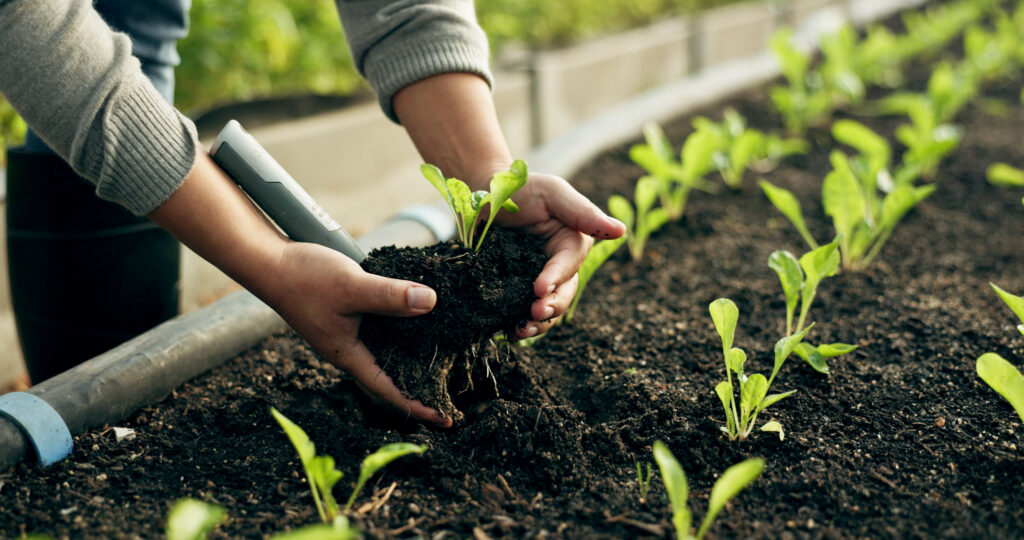As homeowners, one of the most rewarding aspects of caring for our gardens is witnessing the robust growth and flourishing beauty of our trees. However, achieving this requires more than just occasional watering and pruning. A key component to nurturing healthy trees is understanding the importance of seasonal fertilizing – knowing not only what to feed them, but also when.



Spring: A Time for New Growth
Spring is a critical period for fertilizing most trees. As the weather warms and days lengthen, trees awaken from their winter dormancy and begin a new growth cycle. This is the perfect time to apply a balanced, slow-release fertilizer that will provide essential nutrients such as nitrogen, phosphorus, and potassium. These nutrients support the vigorous growth of leaves and branches that occurs in the spring.
Summer: Maintaining Health and Vigor
During the summer, trees are in full growth mode, making it important to maintain their nutrient levels, especially if there are signs of stress like yellowing leaves or slowed growth. A mid-summer fertilizer application can help replenish nutrients used during this rapid growth phase. It’s also important to ensure that fertilizers are applied during cooler periods of the day to avoid burning the roots or foliage.
Fall: Preparing for Dormancy
As trees prepare for winter, their nutrient needs change. Applying a fertilizer in early fall that is lower in nitrogen but higher in potassium can help trees strengthen their roots and store nutrients for the cold months ahead. This fortification is essential for their winter survival and resilience.
Winter: The Resting Phase
Generally, fertilizing in winter is not recommended as most trees are dormant during this period. Applying fertilizer can stimulate new growth that is vulnerable to frost damage. Instead, this is a time for planning your fertilizing strategy for the upcoming spring.
Technique Matters
When fertilizing, it’s crucial to spread the fertilizer evenly under the tree canopy and not against the trunk. Watering after application helps the fertilizer penetrate the soil and reach the tree roots. For young trees, be cautious with the amount used to avoid over-fertilization, which can be just as harmful as under-fertilization.
In conclusion, understanding the seasonal needs of your trees and providing the right nutrients at the right time is vital for their health and growth. Seasonal fertilizing, when done correctly, can significantly enhance the vitality and beauty of your home garden trees. Follow us on Instagram.
